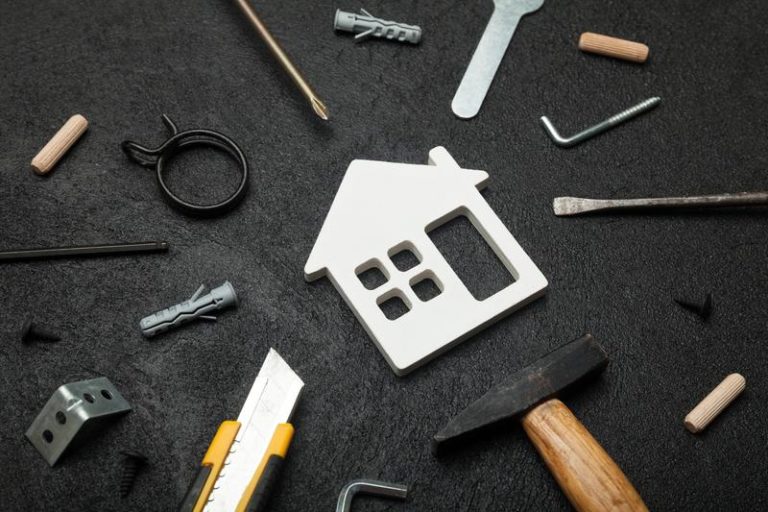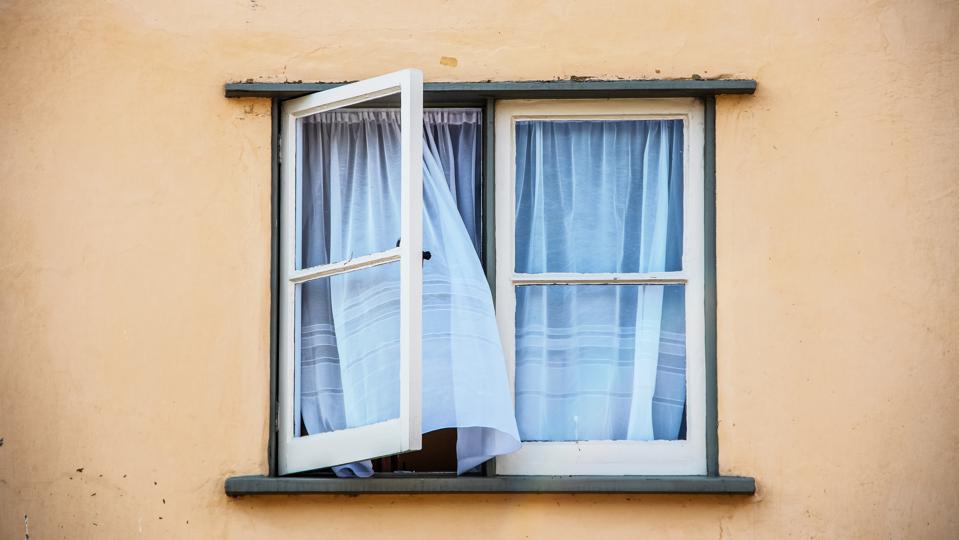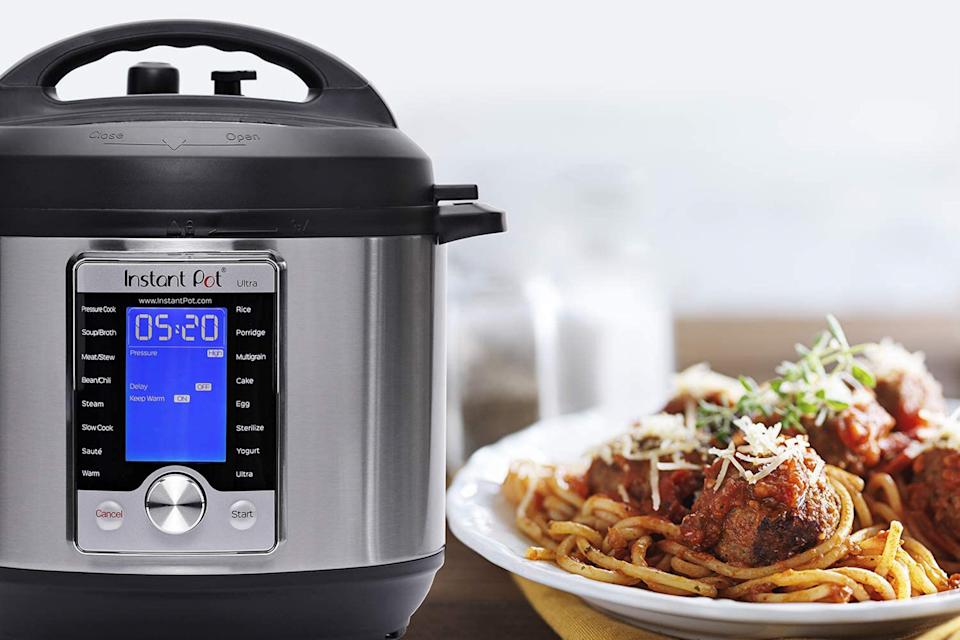Old homes are wonderful. Full of unique architectural elements and often built with quality materials that you simply can’t get anymore, they appeal to a particular subset of buyers – and they often need a lot of work due to their age. If you’re interested in purchasing or already own a historic home, it’s important to pay attention to these key maintenance issues. It’s easy to find yourself overwhelmed by upkeep tasks, but once you understand how to manage these properties, it’s much easier to keep on top of it all.
Seeing The Big Picture
One of the best ways to understand your older home’s maintenance needs is through a simple acronym: HOUSE. Coined by Everyday Old House, it’s an easy framework to remember; old home problems fall, broadly speaking, into the following five categories:
H is for Hazardous Materials. Old homes are more likely to contain lead paint or pipes, have asbestos in the insulation, or otherwise use dangerous, outdated materials in their construction that need to be removed.
O is for Operations and U is for Updates. Operations are those essential daily functions, such as plumbing and heating. Do they work? Are they safe? Do they need to be updated? In order for you home to function, so to speak, all operations-related elements need to be in working order and many will need to undergo updates. The property may need a new roof, the foundation may need care, or the HVAC may need to be updated.
S is for Space: Old homes are smaller than recent construction, and tend to use space differently. One of the major projects you’ll face if you own an older home, then, is figuring out how to reconfigure or better use the space available to you.
And finally, E stands for Energy Efficiency. Older homes are infamous energy pits, and you’ll need to address this issue promptly if you want to keep your bills under control.
Electrical Issues
The HOUSE acronym is a great way for understanding the scope of older home maintenance, but it doesn’t get into the nitty gritty. Instead, it points to where to look, and one place the Operations bullet point should point you to is your home’s electrical system.
Old electrical wiring is best identified by looking at its installation. Commonly known as knob and tube wiring, these wires are strung between ceramic knobs attached to the beams of your home. Such wiring is highly unlikely to be up to code and can be dangerous to work with since it’s often not grounded. As soon as you move in, be sure to call an electrician to evaluate and upgrade your system to something safer.
Careful Cleaning
One of the wonderful things about old houses is that they’re made with classic materials like hard woods that are extremely expensive today, or beautiful, old-fashioned wallpaper, but these materials also have a dark side – they can be very difficult to clean. Modern cleaners may damage surfaces and older materials do in fact have standard cleaning procedures. Knowing all this, historic home owners should use natural cleaners. Plain white vinegar can be used to combat mold and stains, while natural waxes make excellent furniture polish. There’s no place for Windex or Comet in your historic homes.
Another major cleaning concern that older home owners face is dealing with older rugs. Vintage carpeting may have a thick, dense pile that’s quite different from modern carpeting, and it’s prone to matting. It may be worth hiring a professional carpet cleaner with experience dealing with older materials to refresh your carpet at least yearly, while you can handle the maintenance with gentle care in between.
Prioritize Preservation
Buying a historic home is very different from buying more recent construction. Rather than outdated trends, these properties tend to feature beautiful, timeless elements like built in cabinets, stained glass, and decorative wood trim. Historic homeowners would be wise to focus on preserving these historic elements while eliminating intermediate upgrades that don’t match the style of the property and carefully addressing hazardous or non-functional aspects. While it can be hard to find the pieces needed to restore these properties, with a little work, it is possible.
Every older home is different and what challenges you’ll face will vary depending on the work previous owners have done. That being said, prepare to clear your calendar. As much work as any home needs – and all homeowners are caught in a stream of renovations – older homes will need much more attention to look and run their best.





